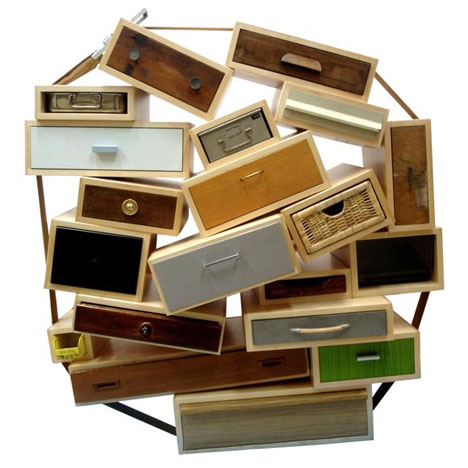








The annual running of the bulls in Pamplona is a cakewalk compared to moving into any urban campus college dorm. Despite the best intentioned systems configured for effortless access, the fact that scores of new freshman—jumpy about their entirely new surround—and their anxious parents—agitated about their empty nests—converge at the same time and place with a few elevators and limited parking is a blueprint for meltdown or worse.
Although in real time this annual ritual quickly comes and goes, when one is in its throes it feels like forever. Hence, the potential for intense and intestinal distress exponentially increases, particularly as parental memories of the first step, first bite of solid food, first day of school, and first college tuition payment come flooding in. Oh, the humanity!
Students who follow this method will doubtless feel superior to other students who do not have a system. Parents who encourage this method will doubtless feel less stressed and far superior to other parents who are scrambling for wheeled bins after their assigned parking times have expired.
In anticipation of this dreaded day when, in my case, my only male heir leaves his only family for his new home, I have drawn on my decades of acquired design know-how—lessons learned at the feet of some great modernists whose utopian mission was to make the world a better place—to offer a solution to the proverbial problem. Indeed what is good design if it can't help ease the stress and strain of daily life?
So to reduce the pain of this rite of passage, I designed the following strategic steps for getting through this nightmare without the usual angst or remorse.
1. Once all the well—designed dorm necessities and accoutrements—like linens, pillows, sundries, desk lamp, Curt Cobain posters, shoe-trees, etc.—are purchased from Bed Bath and Beyond, zip on over to Hold Everything where, thanks to the modern miracles of plastic and cardboard, it is possible to purchase storage containers in any shape, size, color, and weight. (If these are excessively expensive, Staples is well stocked with cheaper receptacles that work just as well, but are not as pretty).
2. Adhere smartly typeset identity tags to each of these dorm necessities, and then arrange them neatly and efficiently into respective receptacles. DO NOT leave anything loose (remember the motto: "loose it equals lose it").
3. Each receptacle should be color-coded with fashionable designer hues to distinguish from other students' design-challenged stash. (Remember: color is not just a pigment, but a way of life.)
4. Most dorms supply wheeled bins for transporting property, but to avoid the inevitable wait (and possible altercations) bring a personal transport assistant (PTA), like a nicely designed mini-hand-truck made from black carbon-based polymers (those silver aluminum ones are fine, but again not as pretty).
5. Once situated in the dorm room, quickly stow away everything (a place for everything and everything in its place) so that the space feels like home. Keep one or two receptacles, just in case, but return rest to parents for sending up your missing stash.
Students who follow this method will doubtless feel superior to other students who do not have a system. Parents who encourage this method will doubtless feel less stressed and far superior to other parents who are scrambling for wheeled bins after their assigned parking times have expired. There is nothing worse for student or parent than looking the fool during dorm-drop-off. A well-designed (and executed) strategy can make a dream out of the nightmare.
Steven Heller is co-chair with Lita Talarico of the MFA Designer as Author program at the School of Visual Arts. He is the editor of AIGA VOICE and the author of over 100 books on design and popular culture, including Stylepedia.